Before exploring some of the fabulous Serbian Orthodox monasteries we had intended to visit the Maglič Fortress, one of Serbia’s best-preserved medieval fortifications. Built in the 13th century to protect the nearby Studenica and Žiča monasteries, its 2m-thick defensive walls with seven towers and a 20m-high keep stand on a ridge high above the Ibar river, 20 km south of Kraljevo. Access is via a footbridge, and a short, but steep hike up the hill. But we cannot find the footbridge, until someone tells us that the bridge was washed away a year ago, and that there is now a ferry instead. Hmm, risky, because we also need to come back across the river again, and it is already five pm. You don’t want to be stuck on the other side, the Ibar is a serious enough river. And then the problem is solved by a local tourist guide we meet, who tells us that the castle is anyhow closed, for refurbishment, so you will be finding yourself in front of a locked door.
The Zica Monastery
So we backtrack, to Kraljevo, and – next day – see the Zica monastery instead. This is a 13th C monastery, established by the son of the founder of the Serbian empire Stefan Nemanja, also called Stefan, and his brother Rastko (who would later go on to become Saint Sava, the first Archbishop of the Serbian Orthodox church). The significance of Zica was not only that is was the first seat of the Archbishop, but also that each and every king of Medieval Serbia had to be crowned here. The church of the monastery is quite impressive; it was being used for service which had just been completed when we arrived. Inside, the remains of frescoes, some better preserved than others – compared to some of the other monasteries we will see, this is pretty meagre. Also inside, lots of signs prohibiting photography. You know my stance on that, by now, but it remains a pain to have to sneakily try to capture these paintings – why can we not just proudly show these art works to the world? Anyhow, just a small selection of this treasure, to whet your appetite. Some more photos are here.
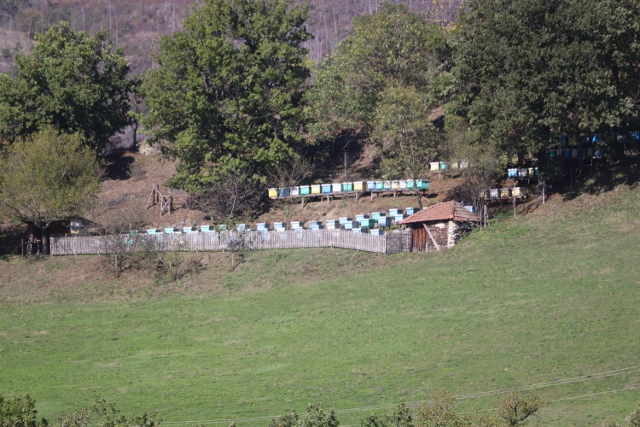
the countryside is occasionally cheered up with bee hives, just to show you something else than only churches!
The Studenica monastery
An hour further south is what is perhaps the most important Serbian Orthodox monastery, the Unesco-listed Studenica monastery. This was established in 1196, a few years before Zico, by Stefan Nemanja pere, and developed by his sons Vukan, Stefan and Rastko, aka Saint Sava. Within the monastery’s walls are a number of churches, of which the Virgin’s church, largely built with impressive white marble blocks, is the largest. As was custom at the time, the church is entirely decorated with frescos, the earliest going back to the first decade of the 13th C, by what some consider some of the highlights of early Serbian art. As is custom today, one is not allowed to take photos inside – and unfortunately, I was caught out early, so not much to show you from my own collection. The only pictures I managed are from the narthex, which is a later addition, and which frescoes are 16th C, relatively new.
There are two more churches in the compound. The King’s church, after its founder King Milutin, built in 1314, is a small, octagonal structure, which looked very closed during our visit. The third church is the Church of Saint Nicolas, an even smaller, single nave church, apparently also full of frescos – which we missed, possibly because it was also closed, or maybe just because we didn’t recognise it as a place to check out. A pity, because here, too, the frescoes are said to be of exquisite quality.
No more of my own photos, but there are some pictures of frescoes, also from the King’s church, on the site https://manastirstudenica.rs/en/monastery/
The Crna Reka Monastery
All the way to the south of Serbia is the third monastery of the day, a quite different experience. This is the Crna Reka Monastery, unique among Serbian monasteries in that it consists of a series of connected caves on four levels, closed with wooden structures containing balconies, which seem to hang off the steep cliff. This one, too, is of 13th C origin, but built more like a hermitage, at the gorges at the upper end of the Ibar River, protected by forested mountains and accessed via a narrow wooden footbridge. There is a tiny cave church decorated with frescoes, apparently the work of famous 16th-century painter Longin. The good news is that we are free to take pictures – the bad news for you is that you have to endure a whole sequence of them. But that’s also because this monastery was clearly our favourite of the three seen today, with a far more spiritual atmosphere, a lot less pompous and ostentatious than the earlier two. A few more pictures can be found here.
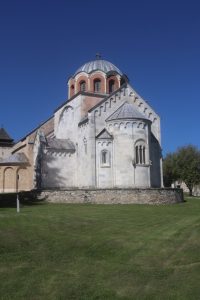

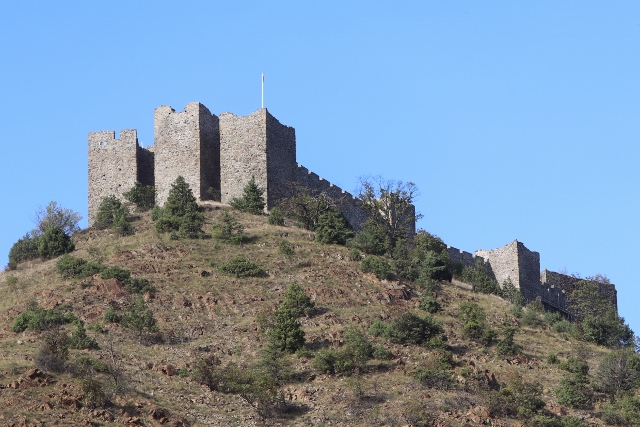
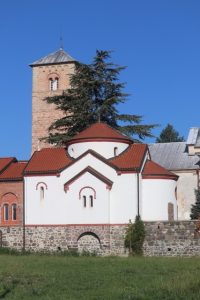

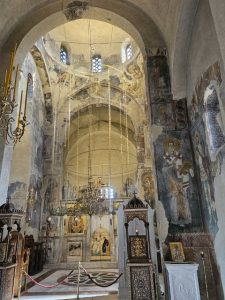
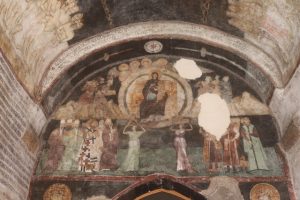



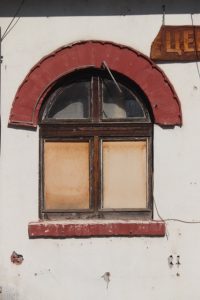



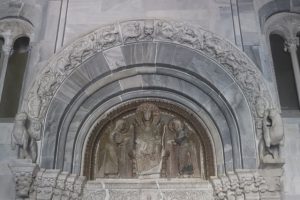
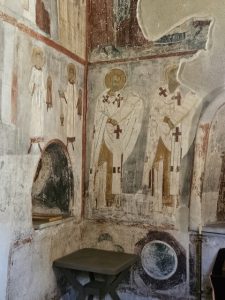

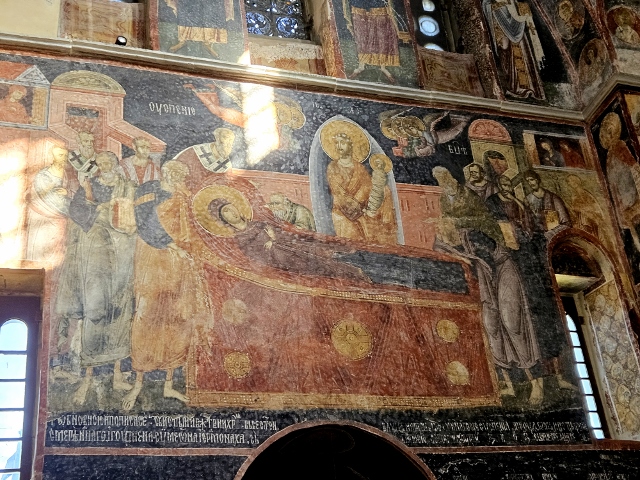

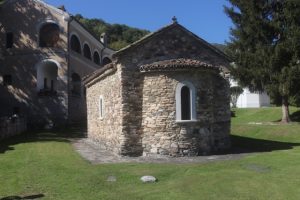



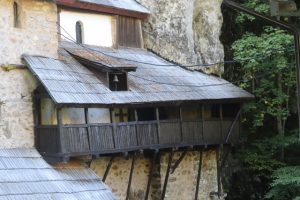
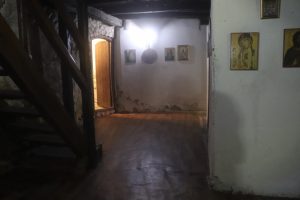
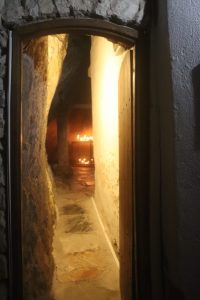
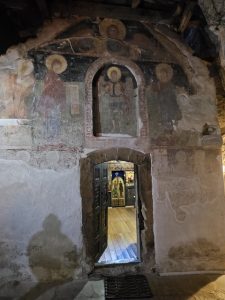


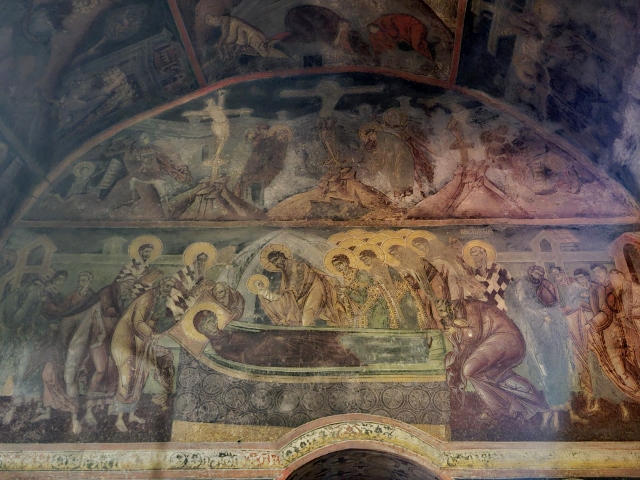

 RSS – Posts
RSS – Posts







